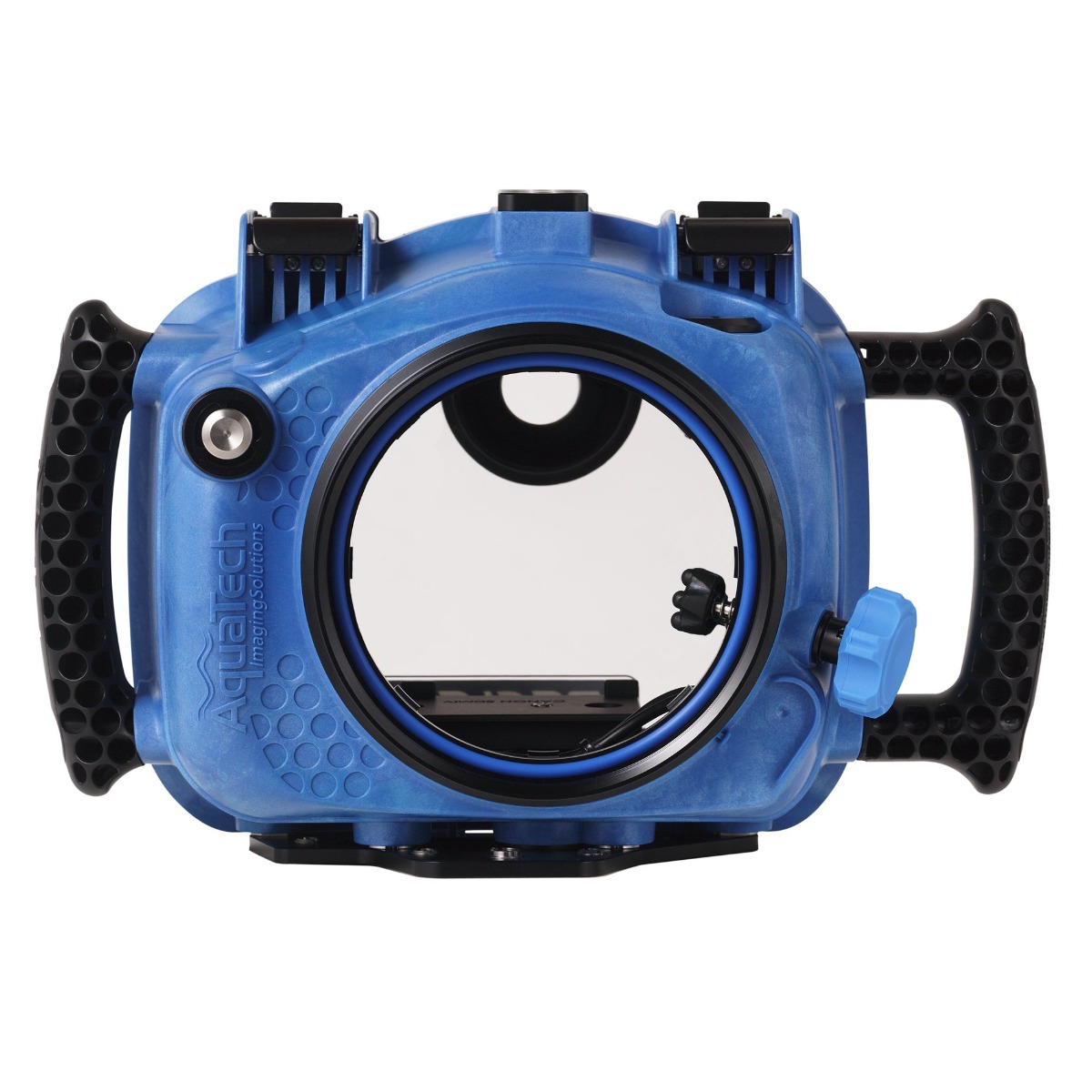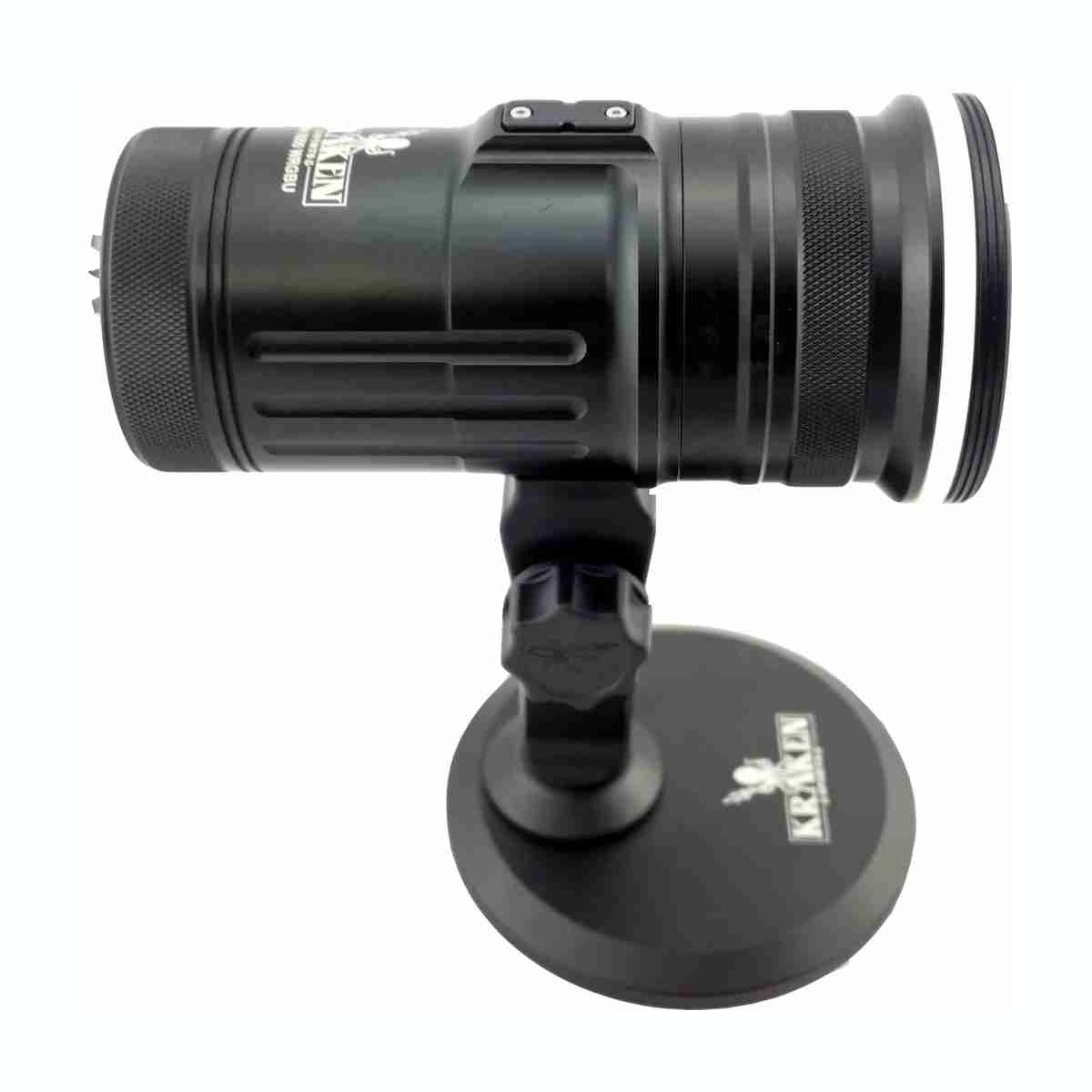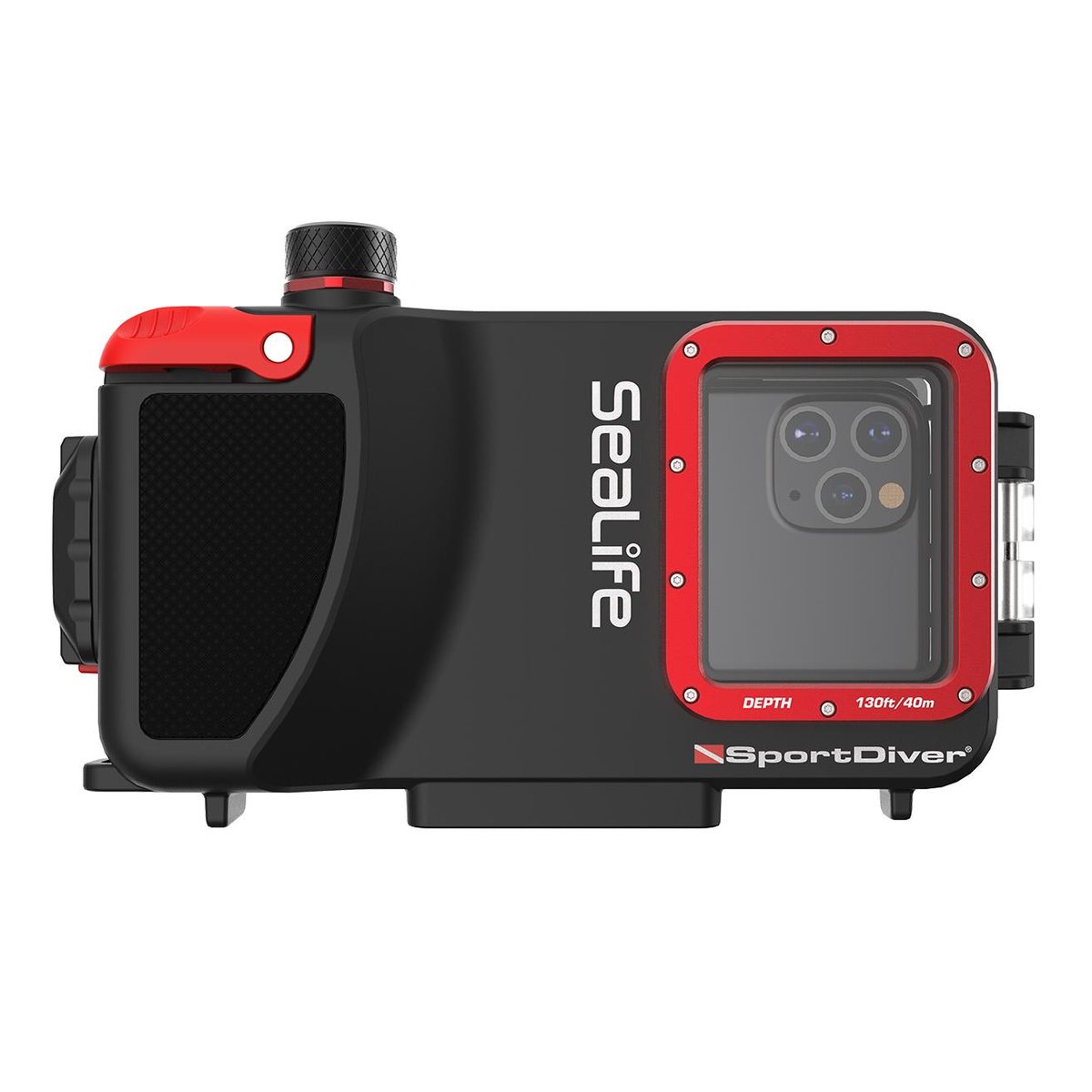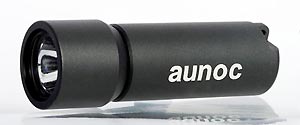- Home
- Directory
- Shop
- Underwater Cameras - Photographic Accessories
- Smartphone Housings
- Sea Scooters
- Hookah Dive Systems
- Underwater Metal Detectors
- Dive Gear
- Dive Accessories
- Diving DVD & Blu-Ray Discs
- Diving Books
- Underwater Drones
- Drones
- Subscriptions - Magazines
- Protective Cases
- Corrective Lenses
- Dive Wear
- Underwater Membership
- Assistive Technology - NDIS
- On Sale
- Underwater Gift Cards
- Underwater Art
- Power Stations
- Underwater Bargain Bin
- Brands
- 10bar
- AOI
- AquaTech
- AxisGo
- Backscatter Underwater Video and Photo
- BLU3
- Cayago
- Chasing
- Cinebags
- Digipower
- DJI
- Dyron
- Edge Smart Drive
- Eneloop
- Energizer
- Exotech Innovations
- Fantasea
- Fotocore
- Garmin
- Geneinno
- GoPro
- Hagul
- Hydro Sapiens
- Hydrotac
- Ikelite
- Indigo Industries
- Inon
- Insta360
- Intova
- Isotta Housings
- Jobe
- JOBY
- Kraken Sports
- LEFEET
- Mirage Dive
- Nautica Seascooters
- Nautilus Lifeline
- NautiSmart
- Nitecore
- Nokta Makro
- Oceanic
- Olympus
- OM System
- Orca Torch
- Paralenz
- PowerDive
- QYSEA
- Scubajet
- Scubalamp
- Sea & Sea
- SeaDoo Seascooter
- SeaLife
- Seavu
- Shark Shield
- Sherwood Scuba
- Spare Air
- StickTite
- Sublue
- Suunto
- SwellPro
- T-HOUSING
- Tusa
- U.N Photographics
- Venture Heat
- XTAR
- Yamaha Seascooter
- Youcan Robot
Leopard Sharks Up Close and Personal
Contributed by Wandy Hochgrebe

The leopard shark (Stegostoma fasciatum) belongs to the Order of carpet sharks (Orectolobiformes) and is easily recognisable. Just like other Orectolobiformes, such as the wobbegong and the whale shark, the leopard shark has a flat belly, an elongated upper tail fin, and the mouth is in front of its small eyes. The brown leopard-like spots on its back and sides make it hard to confuse this shark with any other shark species. The Leopard shark is a slow swimmer, has 5 gill slits (slit 4 and 5 overlap) and strong ridges along the upper sides. This species normally grows to 2.4 meters in length, but can grow up to 3.5 meters. This somewhat sluggish shark is not aggressive when approached under water and is generally considered to be harmless.
The Leopard shark can be found at a depth of 5 to 30 meters and is often seen lying on sandy bottoms. This shark is able to actively pump water over its gills, which means it does not need to swim to be able to breath, unlike some other shark species.
The diet of the leopard shark consists mainly of gastropods (snails and slugs) and bivalve molluscs, but crustaceans and small fish are eaten as well.
The Leopard shark is oviparous. The female lays large (17 cm in length) dark coloured egg cases that have tufts of hair-like fibres, which anchor the eggs to the bottom. The young are 20 –26 cm when they hatch. The juvenile animals are brown with narrow yellow to white bars and blotches, hence the other common name for this shark: zebra shark.
In Australia the Leopard shark is found in coastal waters from the western coast of Western Australia, around the tropical north and south to the central coast of New South Wales.
During the warm summer months (December/January to May) Leopard sharks can be seen on almost every dive at Julian Rocks Marine Reserve in Byron Bay. Although this animal is normally solitary it is known to aggregate in certain areas to mate. In summer groups of up to seven individuals can be seen around Julian Rocks. Interestingly most of the leopard sharks that visit Julian Rocks are female.
Experience the Leopard sharks up-close and personal in Byron Bay each summer. They are fantastic animals to encounter on a dive.
NOTE: Stegostoma fasciatum should not be confused
with Triakis semifasciata, whose common name is also leopard shark. This Leopard shark inhabits the coastal waters of Oregon, USA to Baja
California, Mexico .
Article by Wandy & Tim Hochgrebe
Shopfront
-
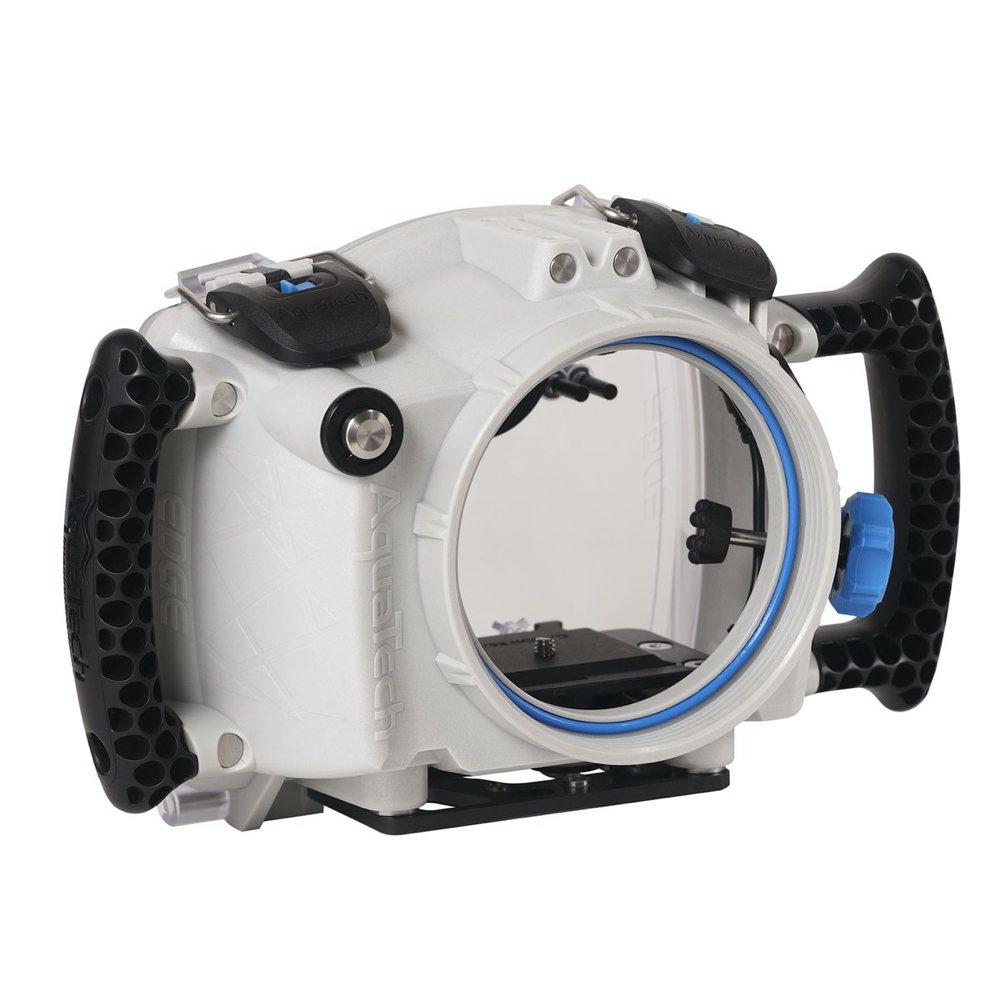 AquaTech EDGE Pro Camera Water Housings - Fujifilm mirrorless
AquaTech EDGE Pro Camera Water Housings - Fujifilm mirrorless
- Price A$ 2,149.00
-
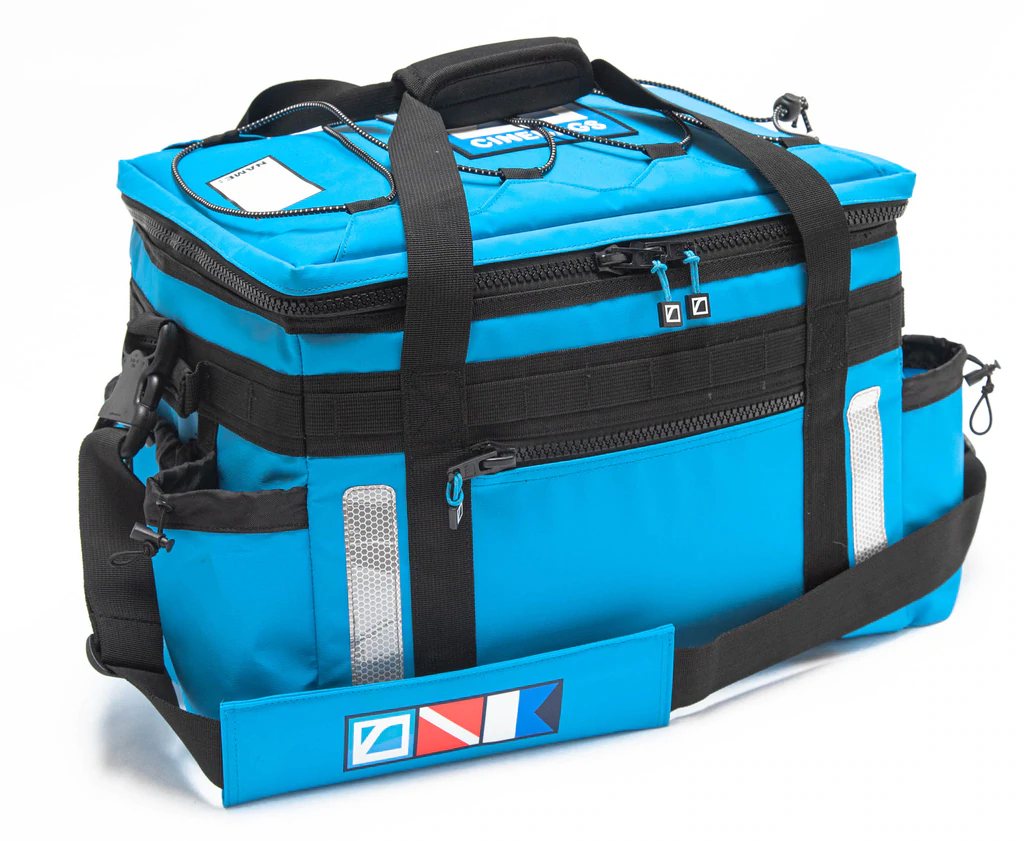 CineBags - CB80 Square Grouper XL
CineBags - CB80 Square Grouper XL
- Price A$ 365.00
-
 AquaTech V3K V3 Photo/Video Light - 5600 Lumens
AquaTech V3K V3 Photo/Video Light - 5600 Lumens
- Price A$ 549.00
-
 AOI GoPro HERO 9, 10, 11, 12, 13 Underwater Housing & Monitor UH-GPX
AOI GoPro HERO 9, 10, 11, 12, 13 Underwater Housing & Monitor UH-GPX
- Price A$ 2,549.00
-
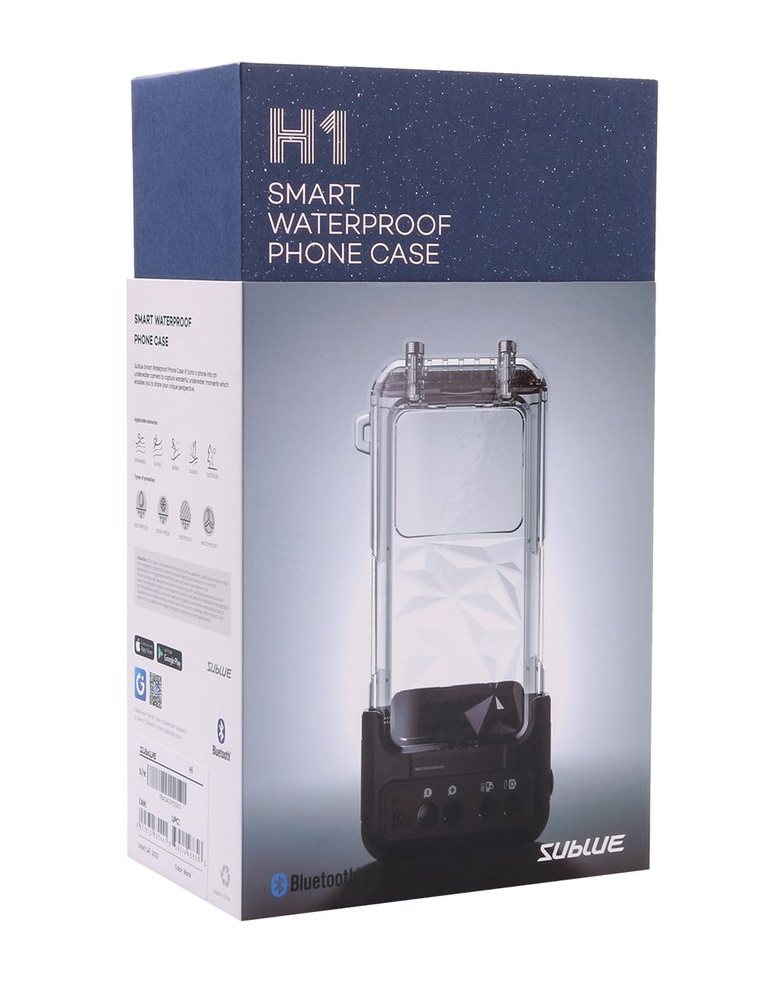 Smart Waterproof Phone Case H1
Smart Waterproof Phone Case H1
- Price A$ 189.00
-
 Energizer Everest 500 Power Station
Energizer Everest 500 Power Station
- Price A$ 779.00
-
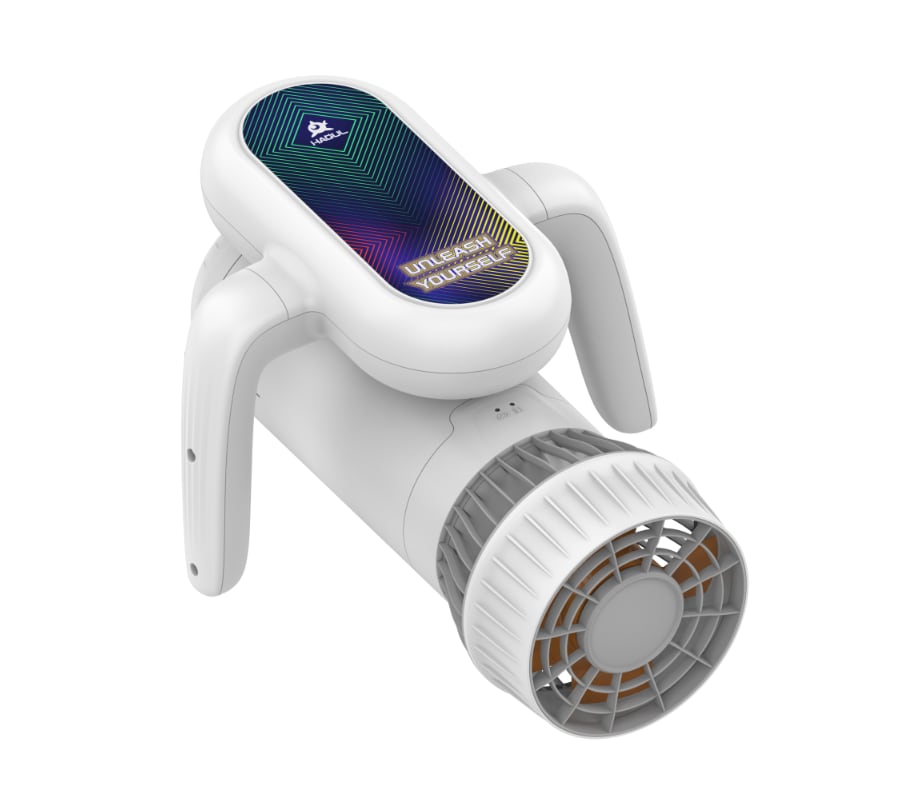 Hagul EZ Underwater Scooter - by Sublue
Hagul EZ Underwater Scooter - by Sublue
- Price A$ 599.00
-
 QYSEA Fifish E-MASTER - Inspection - Measurement - Survey
QYSEA Fifish E-MASTER - Inspection - Measurement - Survey
- Price A$ 19,000.00
In the Directory








